 Moglia, Italy (c. 1900) Moglia, Italy (c. 1900) This past week marked the 147th birthday of Pompeo Coppini. While the name may not be familiar to many, this Italian immigrant had a hand, both literally and figuratively, in creating one of Frederick’s most iconic and visited landmarks—the Francis Scott Key Monument. The memorial lies just within the front gates of Mount Olivet Cemetery and features a 9-foot bronze sculpture of the author of “The Star-Spangled Banner, “placed atop a 15-foot granite shaft. Pompeo Luigi Coppini was born May 9th, 1870 in the small village of Moglia near the river Po in northwest Italy. This is located in Mantua within the Lombardy region. He was the son of Giovanni and Leandra Coppini. His father was a musician. The bulk of Coppini’s childhood would be spent surrounded by great works of art as the family made their residence in Florence. At the age of 10, Pompeo was hired to make ceramic horses after he had been taken under the wing of an unknown local artist. The family had recently changed apartments, now living adjacent a sculptor’s studio. Using marble and alabaster, this neighbor carved small objects and figurines for sale to tourists and art shops. Young Pompeo was influenced by the artist and others in his employ at the studio. Here, Coppini would receive encouragement toward a craft that would define his life. 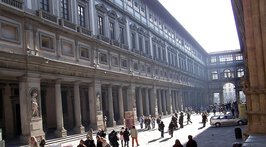 The Academy of Fine Arts, home of Michelangelo's David statue (Florence, Italy) The Academy of Fine Arts, home of Michelangelo's David statue (Florence, Italy) At 16, Pompeo Coppini’s natural talent was becoming quite evident. He entered the Accademia di Belle Arte (Florence's renown Academy of Fine Arts), studying under Italian sculptor Augusto Rivalta. Slated as an 8-year course program, Pompeo graduated in just three years with highest honors in 1889. He briefly opened a sculpting studio, which soon failed. Coppini found that he was moving too fast, and perhaps his accelerated pace through art school was a mistake, as he should have gained a stronger foundation. Disheartened, the young sculptor spent the next two years in the service of the Italian Army. After discharge, he took on a series of odd jobs to make a living. These included tutor, hydraulic engineer, sign painter, waiter and bookkeeper. Eventually, Pompeo had saved enough money to open a second studio where he crafted busts, and made models for commercial houses. In 1894, he was called into military service again, to quell a revolt in Sicily. When he returned to his studio, he realized that there was little work for him to make it on his own. There was a glut of self-employed artists wherever he went—he soon thought that perhaps it would be more advantageous to work in the employ of someone else, just as he had done through adolescence. Pompeo found work in a town called Pietrasanta, a coastal town in northern Tuscany. Pietrasanta grew in importance during the 15th century, mainly due to its connection with marble. Michelangelo was the first sculptor to recognize the beauty of the local stone. Amidst the backdrop of a place named after the saint deemed to be the rock on which Jesus built his church, Coppini soon had his life calling reaffirmed. He too would build his career on “pietra/petra,” the latin word for stone. Coppini was given an assignment to model a large marble monument destined for shipment to America. This was to take the form of an 8-foot high winged angel, which was eventually placed within a cemetery in Boston, Massachusetts. Was he modeling his own guardian angel? The project inspired something special within the struggling young artist. Looking back at this episode, Pompeo declared: “I believe that the thought had a magnetic effect on me to dream that someday I might emigrate there myself, and that my desire made me work toward that end from that time on.” Coppini began saving up money for an Atlantic passage, along with garnering letters of reference. Not yet 26 years-old, he boarded the S.S. Kaiser Wilhelm II with a trunk and two suitcases and set sail for the United States. He arrived on March 5th, 1896. Pompeo Coppini now found himself in New York City with $40 in his pocket, and possessed a definitive lack of mastery for the English language. This combination almost caused him to starve to death. He found lodging within a tenement apartment building, packed full of fellow Italian immigrants. Pompeo rented his room for $2/week. Next door was a saloon that served meals for a nickel.  Roland H. Perry (1870-1941) Roland H. Perry (1870-1941) Pompeo was introduced through an acquaintance to a young, emerging sculptor named Roland Hinton Perry. He soon found himself working on a recent contract awarded to Perry which featured the production of sculptures to be installed within a fountain monument. This would be installed beside the Library of Congress in Washington, DC. Coppini and Perry conversed regularly in French, the only language shared by both men. Perry, himself had limited sculpting experience, but was known for his communication skills and efficiency with deadlines. The project’s completion was necessary in one year’s time, before the new library’s grand opening to the public. Coppini offered Perry his services, regardless of weekly salary. When finished, the pair had produced the Fountain of Neptune, completed according to schedule to meet a November 1st, 1897 opening. Immediately after finishing this project with Perry, Coppini checked back in with Alexander Doyle to see if he was in need of his services. Doyle had things covered at the moment, but said that he had been receiving several recent requests for proposals for projects. One such had come from Frederick, Maryland in which the Key Monument Association was looking for an able sculptor to craft a fitting monument to be placed over Francis Scott Key’s grave in Mount Olivet Cemetery. Doyle had to explain to the young Italian who Francis Scott Key was, and how he came about writing “The Star-Spangled Banner” during the War of 1812, while held upon a ship of truce. Both men were intrigued by the subject, however Pompeo was not capable of entering the project competition due to his unfamiliarity with the English language. On the flipside, Doyle was run down physically and mentally, results from juggling a heavy workload. He was desperately looking forward to his family’s annual summer vacation in Maine.
Coppini and Doyle agreed that an allegorical sub-sculpture should be placed below Key at the base of the monument. This came in the form of three figures symbolizing American Patriotism. The central figure was “Columbia,” the female personification of the United States. She is flanked by two boys—one standing with a downward sword and representing defense (in battle). The other child figure depicts music and song, as a small lyre is placed in hand. Working in tandem, these figures tell the story of how “The Star-Spangled Banner” song came about, and remains relevant—extreme patriotism demonstrated through a song written during, and about, an important defensive stand to defend our country’s flag.
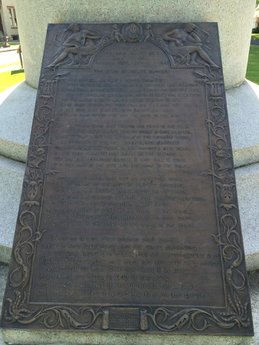 Often overlooked by visitors, another important element of the Key monument is the inclusion of the entire text of the “Star-Spangled Banner,” including all four stanzas. This can be found at the base, on the back side of the monument. It also presented Pompeo Coppini with one of the project’s greatest challenges as he had to accomplish this task while lacking the ability to read or write English. In an interview he spoke of this dilemma: “All the lettering of ‘The Star-Spangled Banner’ tablet in the back of the memorial were modeled by me in clay and copied from a print of the National Anthem, letter by letter, before I was able to read a word of it, but knowing its meaning as Sculptor Alexander Doyle translated them for me, as he could speak and write Italian as well as I, having spent part of his youth and schooling in Carrara, where his father owned some marble quarries.” The Key monument, with its multiple sculptures, was put in place during the summer of 1898, and unveiled at a huge public dedication on August 9th, 1898. This was just 29 months after Pompeo Coppini had first stepped on American soil with $40 in his pocket and a desperate anxiety of whether or not he would continue life as an artist. With this project, Coppini had solidified his reputation as a capable and talented artist. In time he would climb into the eventual ranks as one of America’s greatest sculptors. You could also say that the Key monument project put an end to a period of bitter difficulties and desperation. Once again a “guardian angel” would come out of a project. “Columbia in bronze,” herself filled him with the supreme faith in America as the land of opportunity, and the land of promise. “Columbia in the flesh,” would be his lifetime companion, confidante and “petra.” Years later Coppini would remark to a newspaper reporter in an interview: “Though I am Italian born, I am American reborn.” 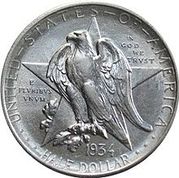 Pompeo Coppini moved to Texas in 1901, and became a US citizen just one year later. He began receiving commissions to sculpt the figures of multiple historic monuments for the state’s capitol grounds, working for the next 15 years in San Antonio. Coppini collaborated with other American sculptors in Texas, some of which became his students and protégés. He opened up his own art school in 1945, still operating today as the Coppini School of Fine Arts in San Antonio. His works are displayed everywhere from the Texas State Capitol to the University of Texas to Baylor University to Mexico City. Pompeo and Lizzie Coppini continued keeping a residence in San Antonio, but would also live (and work) in New York and Chicago. In 1931, Pompeo Coppini was “knighted” by the Italian government for his contribution of Italian art in the United States, receiving the Commendatore of the Order of the Crown of Italy. Three years later, he was honored by the Texas Centennial Committee commissioning him to design the Texas Centennial Half Dollar. He also served briefly in the art department of Trinity University in San Antonio. In all, Pompeo Coppini is represented in his adopted new country by 36 public monuments, 16 portrait statues, and nearly 75 portrait busts. One of his proudest life accomplishments came with his helping to save the legendary Alamo from commercial development. Coppini won the commission to construct “The Alamo Cenotaph,” in 1939. Towering 60-feet high and located adjacent the surviving buildings of the Alamo itself, San Antonio's "Alamo Cenotaph" pays tribute to the men who died defending the ancient mission in 1836 rather than surrender to overwhelming odds. The word cenotaph depicts an empty tomb. According to tradition, the Alamo Cenotaph marks the spot where the slain defenders of the fortified mission were piled after the battle and burned in great funeral pyres. The remains were later collected by local citizens and today are thought to be located in a marble casket at nearby San Fernando Cathedral. Titled "The Spirit of Sacrifice," the Cenotaph was created by Coppini from a design envisioned by architect Carlton Adams. Begun in 1937, the project took two years to complete and is itself now a historical treasure. Pompeo Coppini died in San Antonio on September 26th, 1957. He was buried in Sunset Memorial Park in a crypt of his own design. Wife Lizzie would only live seven weeks longer, dying in December (1957).
Back in his native Moglia, Italy, the town would name a main thoroughfare after the artist: “Pompeo Coppini Avenue.” Here in Frederick, Maryland we have a beautiful monument depicting the man who penned our national anthem. Tens of thousands have visited the site over the past (nearly) 120 years, and many more will continue to do so into the future. Coppini's triumph is Mount Olivet's "petra." Not bad for an immigrant who came to this country with nothing, but left so many treasures behind.
5 Comments
Marjorie Pittinger
5/22/2017 11:27:11 am
What us Key holding in his left hand?
Reply
Ron Pearcey
8/10/2018 07:15:49 pm
Key is holding his hat that he removed in reverence to the flag.
Reply
5/22/2017 01:26:06 pm
Great reading about Pompeo Coopini. Very interesting article. Please keep forwarding me articles such as these.
Reply
Rose mormena anderson
9/26/2018 10:43:28 pm
Thrilled.past pres sons of Italy pompeo coppini lodge san antonio TX. I give talks learned more from you. he was with rotary snd founding pres paul Harris in Chicago helped to have rotary become international
Reply
Gianni Bellesia
10/17/2023 12:08:40 pm
Abito nel paese dove è nato Pompeo Coppini, Moglia, Mantova Italia, Vorrei essere informato su argomenti riguardanti Pompeo Coppini
Reply
Leave a Reply. |
STORIES
|
Archives
July 2024
June 2024
May 2024
April 2024
March 2024
February 2024
January 2024
December 2023
November 2023
September 2023
August 2023
July 2023
June 2023
May 2023
April 2023
March 2023
February 2023
January 2023
December 2022
November 2022
October 2022
September 2022
August 2022
July 2022
June 2022
May 2022
April 2022
March 2022
February 2022
January 2022
December 2021
November 2021
October 2021
September 2021
August 2021
July 2021
June 2021
May 2021
April 2021
March 2021
February 2021
January 2021
December 2020
November 2020
October 2020
September 2020
August 2020
July 2020
June 2020
May 2020
April 2020
March 2020
February 2020
January 2020
December 2019
November 2019
October 2019
September 2019
August 2019
July 2019
June 2019
May 2019
April 2019
March 2019
February 2019
January 2019
December 2018
November 2018
October 2018
September 2018
August 2018
July 2018
June 2018
May 2018
April 2018
March 2018
February 2018
January 2018
December 2017
November 2017
October 2017
September 2017
August 2017
July 2017
June 2017
May 2017
April 2017
March 2017
February 2017
January 2017
December 2016
November 2016

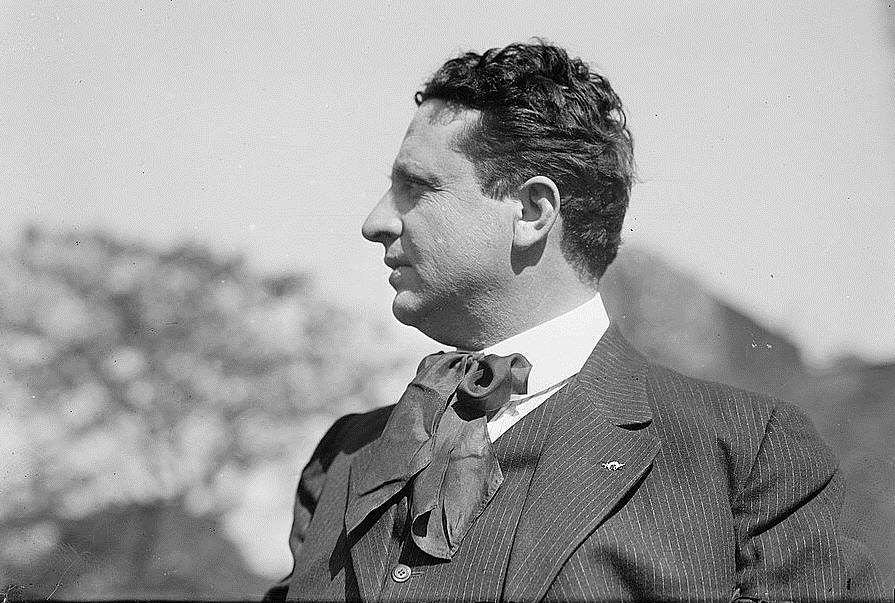
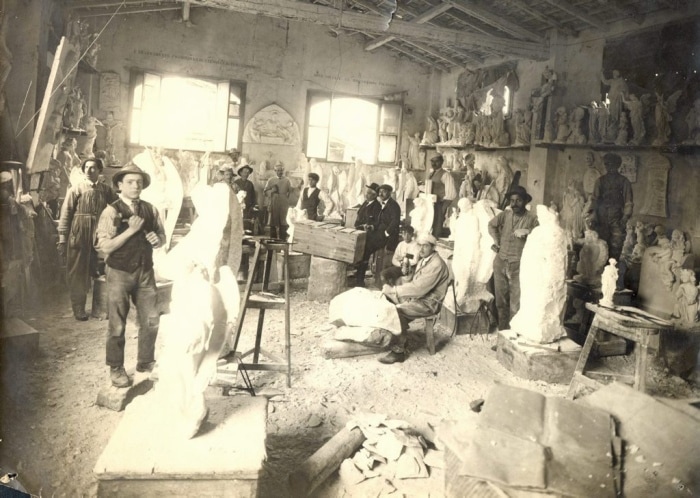
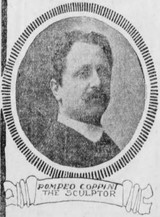
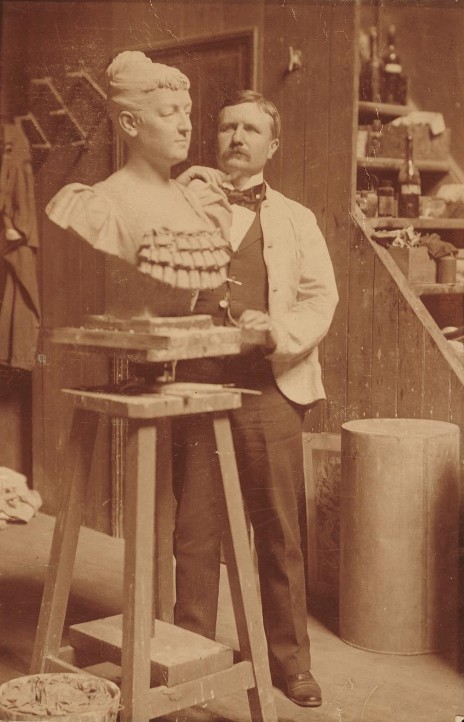
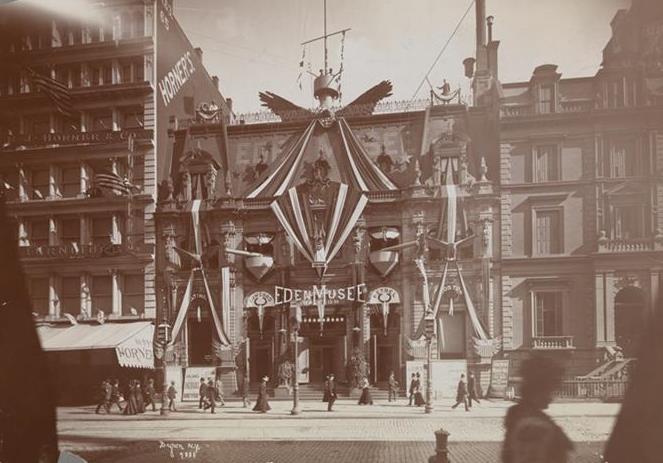
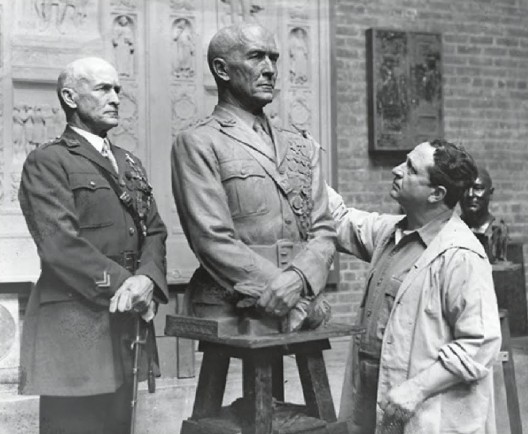
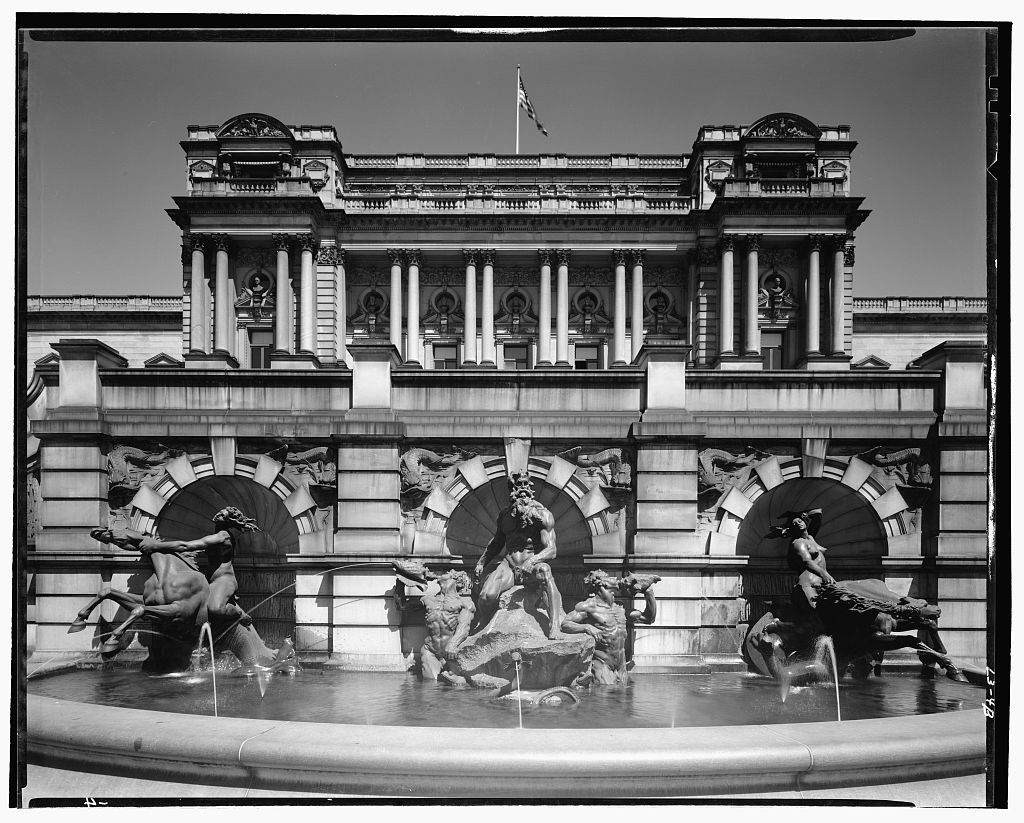
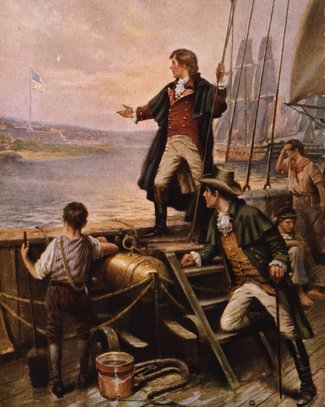
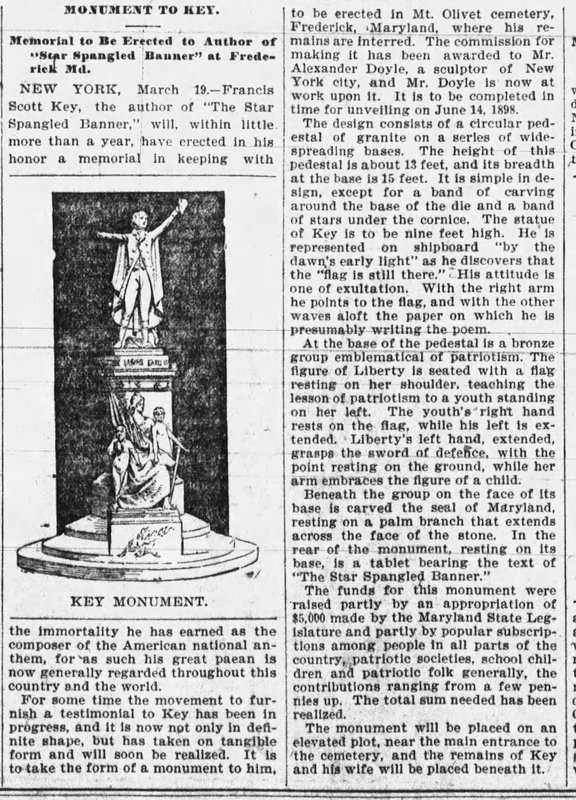
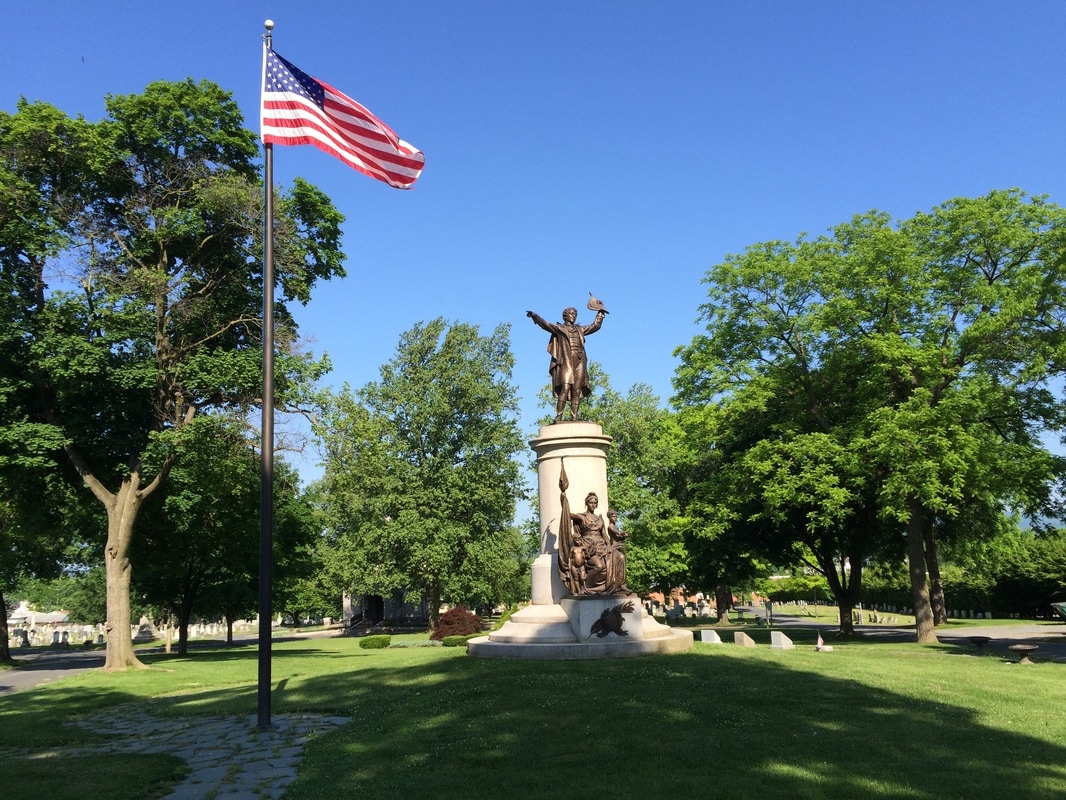
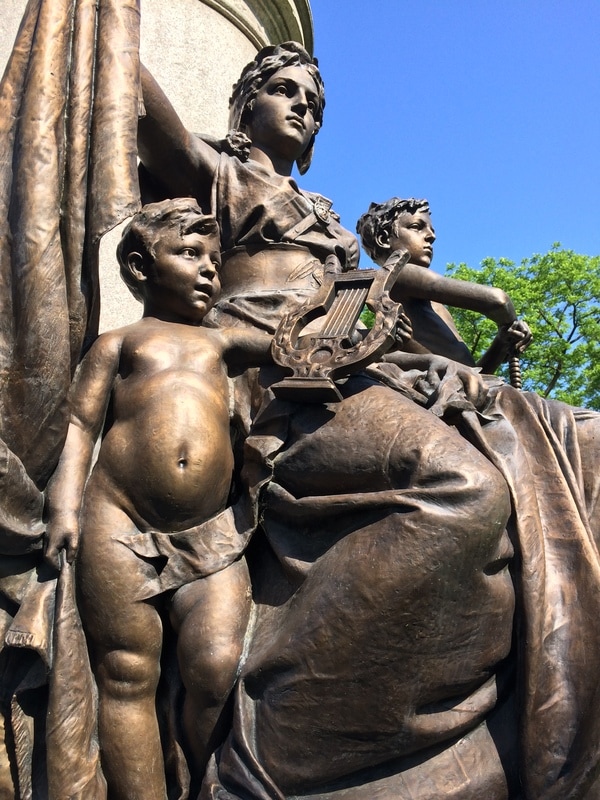
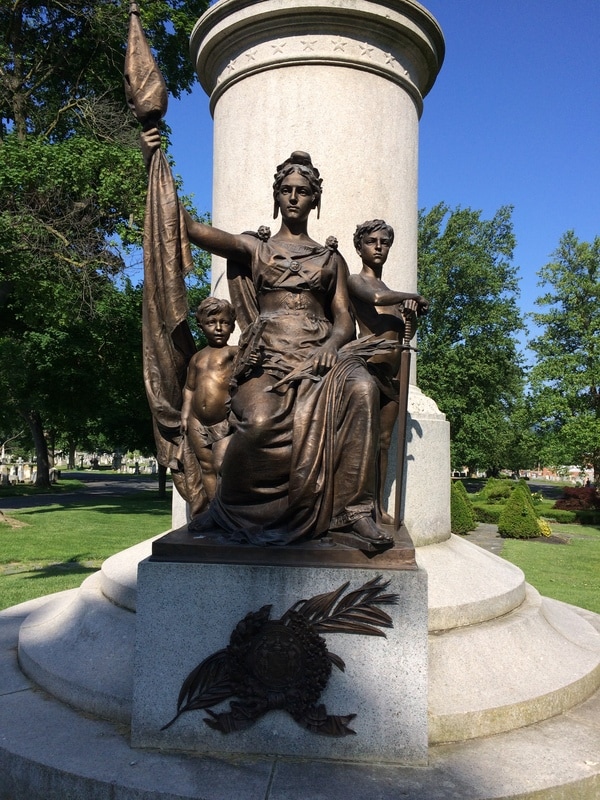

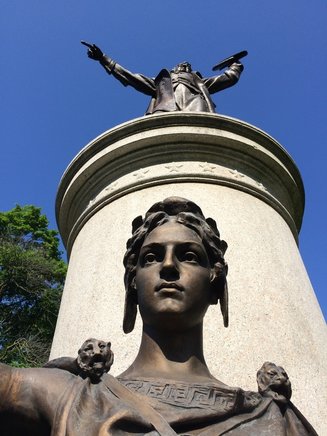
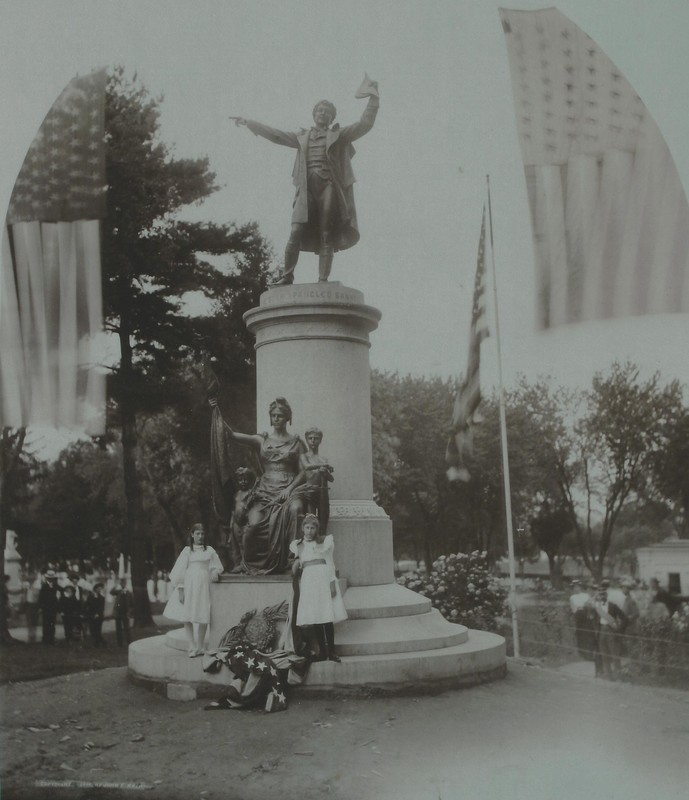
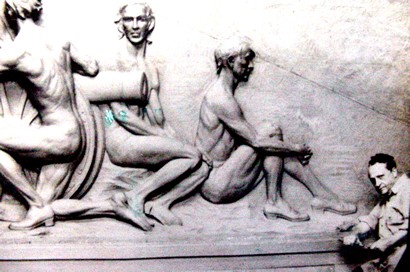
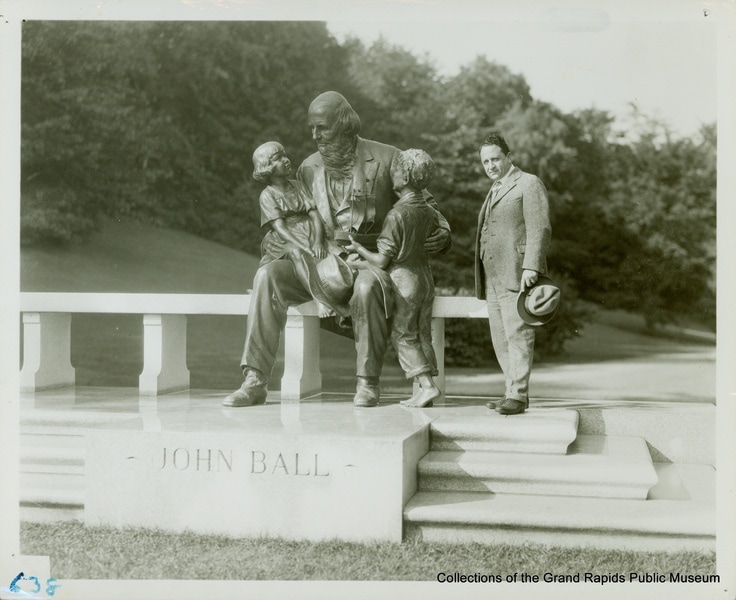
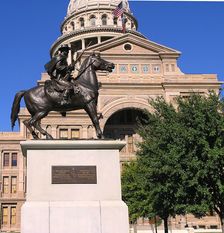

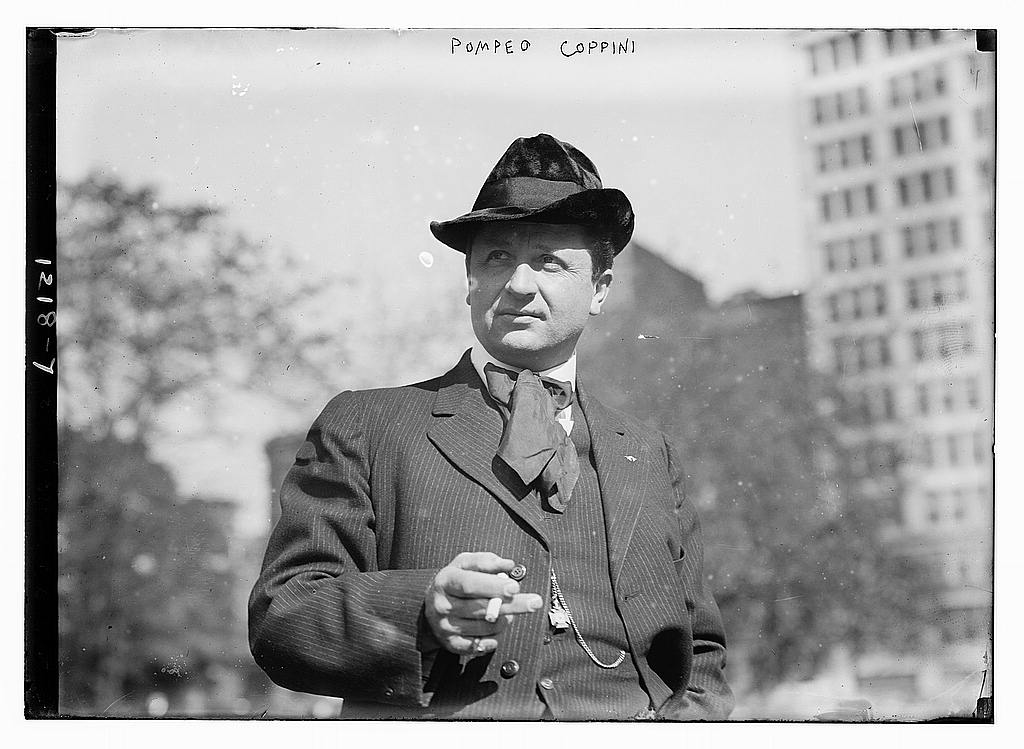
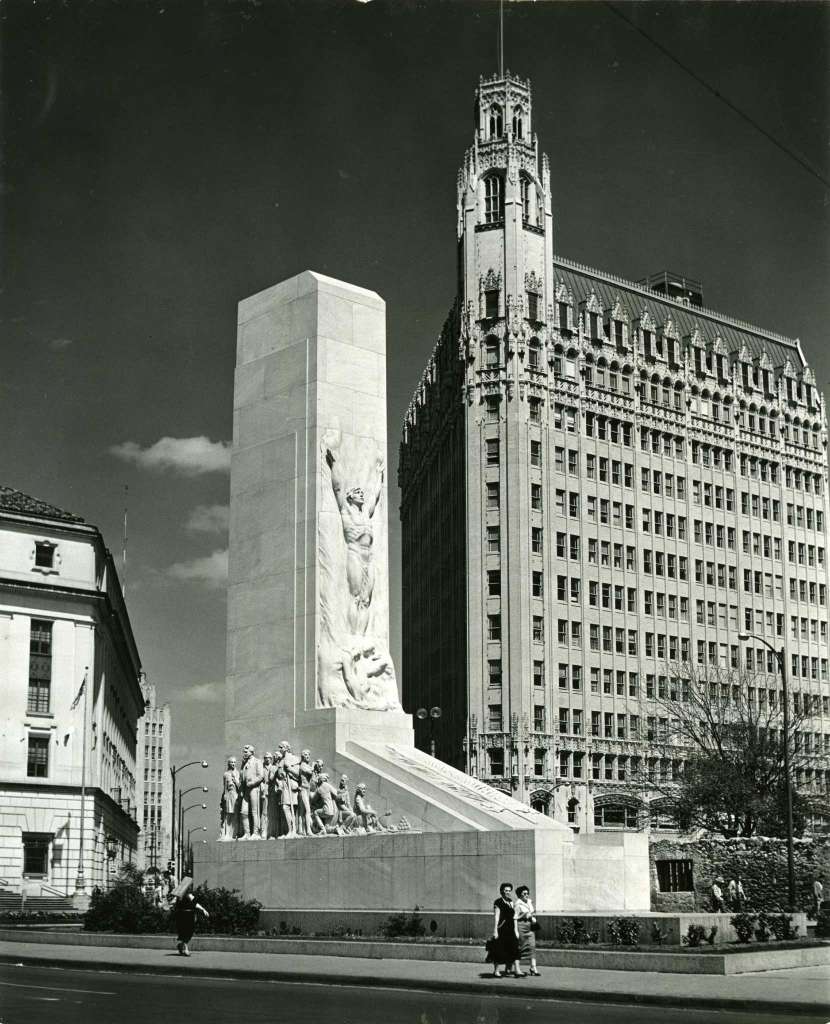
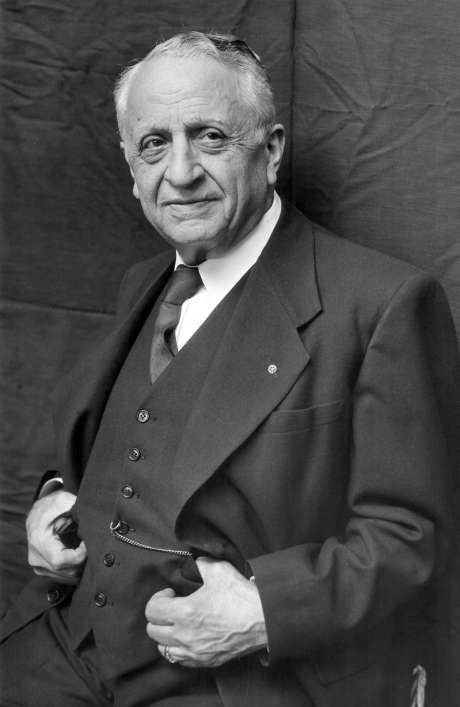

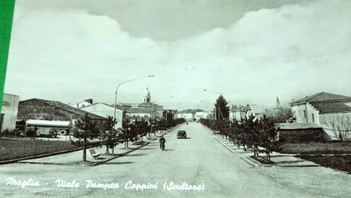

 RSS Feed
RSS Feed